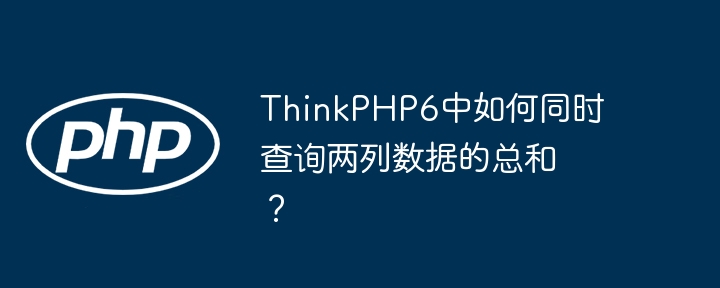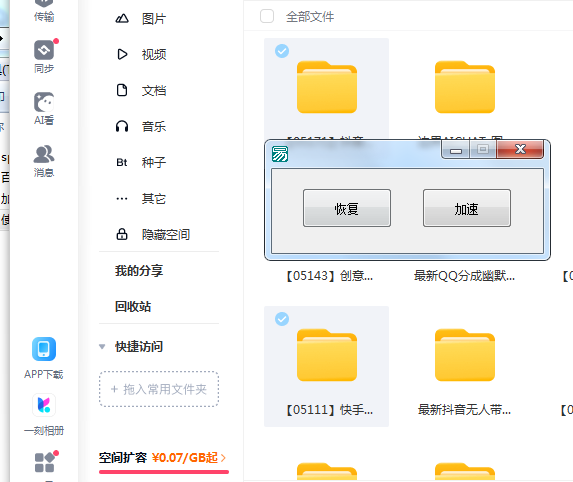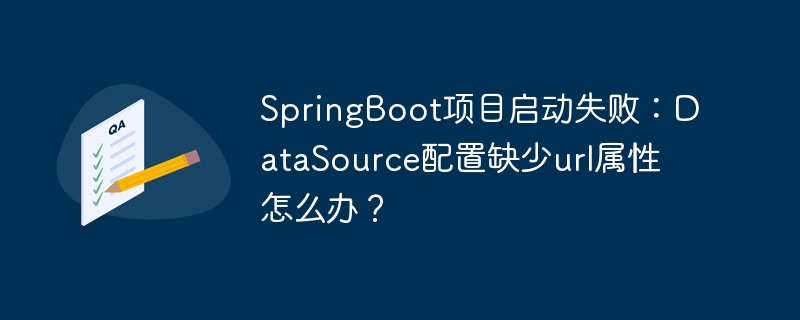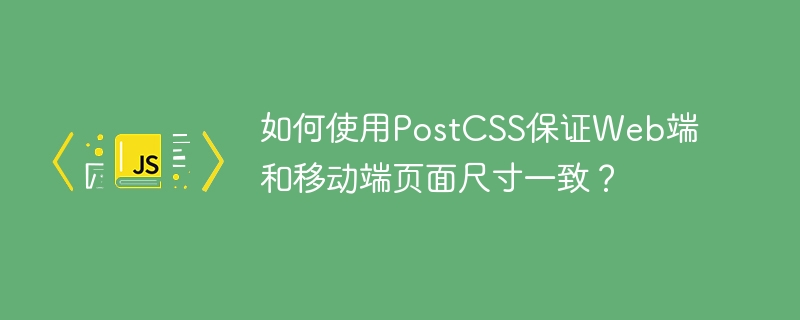
本文将围绕在使用 python 的 csv.writer 模块时,如何避免输出内容被双引号包裹的问题展开讨论。通过分析常见错误和提供正确的代码示例,帮助开发者理解 csv.writer 的参数配置,特别是 delimiter、quotechar、escapechar 和 quoting 的作用,从而实现对 CSV 文件内容的精确控制。
问题分析
在使用 csv.writer 时,如果不正确设置参数,可能会导致输出的 CSV 文件中的某些字段被双引号包裹,这通常是因为 csv.writer 默认启用了引用(quoting)机制。为了解决这个问题,我们需要显式地禁用引用,并正确设置分隔符和转义字符。
解决方案
核心在于正确配置 csv.reader 和 csv.writer 的参数。以下是修改后的代码,展示了如何禁用引用并指定分隔符和转义字符:
import csv, io import os, shutil result = {} csv_file_path = 'myreport.csv' columns_to_process = ['money1', 'money2'] string_to_be_replaced = "." string_to_replace_with = "," mydelimiter = ";" # 检查文件是否存在 if not os.path.isfile(csv_file_path): raise IOError("csv_file_path is not valid or does not exists: {}".format(csv_file_path)) # 检查分隔符是否存在 with open(csv_file_path, 'r') as csvfile: first_line = csvfile.readline() if mydelimiter not in first_line: delimiter_warning_message = "No delimiter found in file first line." result['warning_messages'].append(delimiter_warning_message) # 统计文件行数 NOL = sum(1 for _ in io.open(csv_file_path, "r")) if NOL > 0: # 获取列名 with open(csv_file_path, 'r') as csvfile: columnslist = csv.DictReader(csvfile, delimiter=mydelimiter) list_of_dictcolumns = [] for row in columnslist: list_of_dictcolumns.append(row) break first_dictcolumn = list_of_dictcolumns[0] list_of_column_names = list(first_dictcolumn.keys()) number_of_columns = len(list_of_column_names) # 检查列是否存在 column_existence = [ (column_name in list_of_column_names ) for column_name in columns_to_process ] if not all(column_existence): raise ValueError("File {} does not contains all the columns given in input for processing: File columns names: {} Input columns names: {}".format(csv_file_path, list_of_column_names, columns_to_process)) # 确定要处理的列的索引 indexes_of_columns_to_process = [i for i, column_name in enumerate(list_of_column_names) if column_name in columns_to_process] print("indexes_of_columns_to_process: ", indexes_of_columns_to_process) # 构建输出文件路径 inputcsv_absname, inputcsv_extension = os.path.splitext(csv_file_path) csv_output_file_path = inputcsv_absname + '__output' + inputcsv_extension # 定义处理函数 def replace_string_in_columns(input_csv, output_csv, indexes_of_columns_to_process, string_to_be_replaced, string_to_replace_with): number_of_replacements = 0 with open(input_csv, 'r', newline='') as infile, open(output_csv, 'w', newline='') as outfile: reader = csv.reader(infile, quoting=csv.QUOTE_NONE, delimiter=mydelimiter, quotechar='',escapechar='') writer = csv.writer(outfile, quoting=csv.QUOTE_NONE, delimiter=mydelimiter, quotechar='',escapechar='') row_index=0 for row in reader: for col_index in indexes_of_columns_to_process: # 跳过空行 if len(row) == 0: break cell = row[col_index] columns_before = row[:col_index] columns_after = row[(col_index + 1):] print("col_index: ", col_index) print("row: ", row) print("cell: ", cell) if string_to_be_replaced in cell and row_index != 0: # 替换字符串 cell = cell.replace(string_to_be_replaced, string_to_replace_with) number_of_replacements = number_of_replacements + 1 print("number_of_replacements: ", number_of_replacements) row_replaced = columns_before + [ cell ] + columns_after row = row_replaced # 写入行 writer.writerow(row) print("written row: ", row, "index: ", row_index) row_index=row_index+1 return number_of_replacements # 执行处理函数 result['number_of_modified_cells'] = replace_string_in_columns(csv_file_path, csv_output_file_path, indexes_of_columns_to_process, string_to_be_replaced, string_to_replace_with) # 替换原始文件 shutil.copyfile(csv_output_file_path, csv_file_path) os.remove(csv_output_file_path) if result['number_of_modified_cells'] > 0: result['changed'] = True else: result['changed'] = False else: result['changed'] = False result['source_csv_number_of_raw_lines'] = NOL result['source_csv_number_of_lines'] = NOL - 1 print("result: ", result)
关键代码:
立即学习“Python免费学习笔记(深入)”;
reader = csv.reader(infile, quoting=csv.QUOTE_NONE, delimiter=mydelimiter, quotechar='',escapechar='') writer = csv.writer(outfile, quoting=csv.QUOTE_NONE, delimiter=mydelimiter, quotechar='',escapechar='')
参数解释:
- delimiter: 指定字段之间的分隔符。
- quotechar: 指定用于包围包含特殊字符(例如分隔符)的字段的字符。 设置为空字符串 ” 意味着没有引用字符。
- escapechar: 指定用于转义分隔符的字符,当 quoting 设置为 csv.QUOTE_NONE 时,此参数仍然有用。
- quoting: 控制何时应该生成引用。 csv.QUOTE_NONE 指示 writer 永远不要引用字段。
注意事项
- 确保 delimiter 参数与 CSV 文件中实际使用的分隔符一致。
- 如果 CSV 文件中的字段包含分隔符,并且你希望禁用引用,则需要使用 escapechar 来转义分隔符。
- 在处理大型 CSV 文件时,可以考虑使用 csv.DictReader 和 csv.DictWriter 来提高代码的可读性和维护性。
总结
通过显式地设置 csv.reader 和 csv.writer 的参数,特别是 quoting、delimiter、quotechar 和 escapechar,可以有效地控制 CSV 文件的读写行为,避免不必要的双引号包裹,并确保数据的准确性。在实际应用中,请务必根据 CSV 文件的具体格式和需求,调整这些参数的值。
© 版权声明
文章版权归作者所有,未经允许请勿转载。
THE END


















